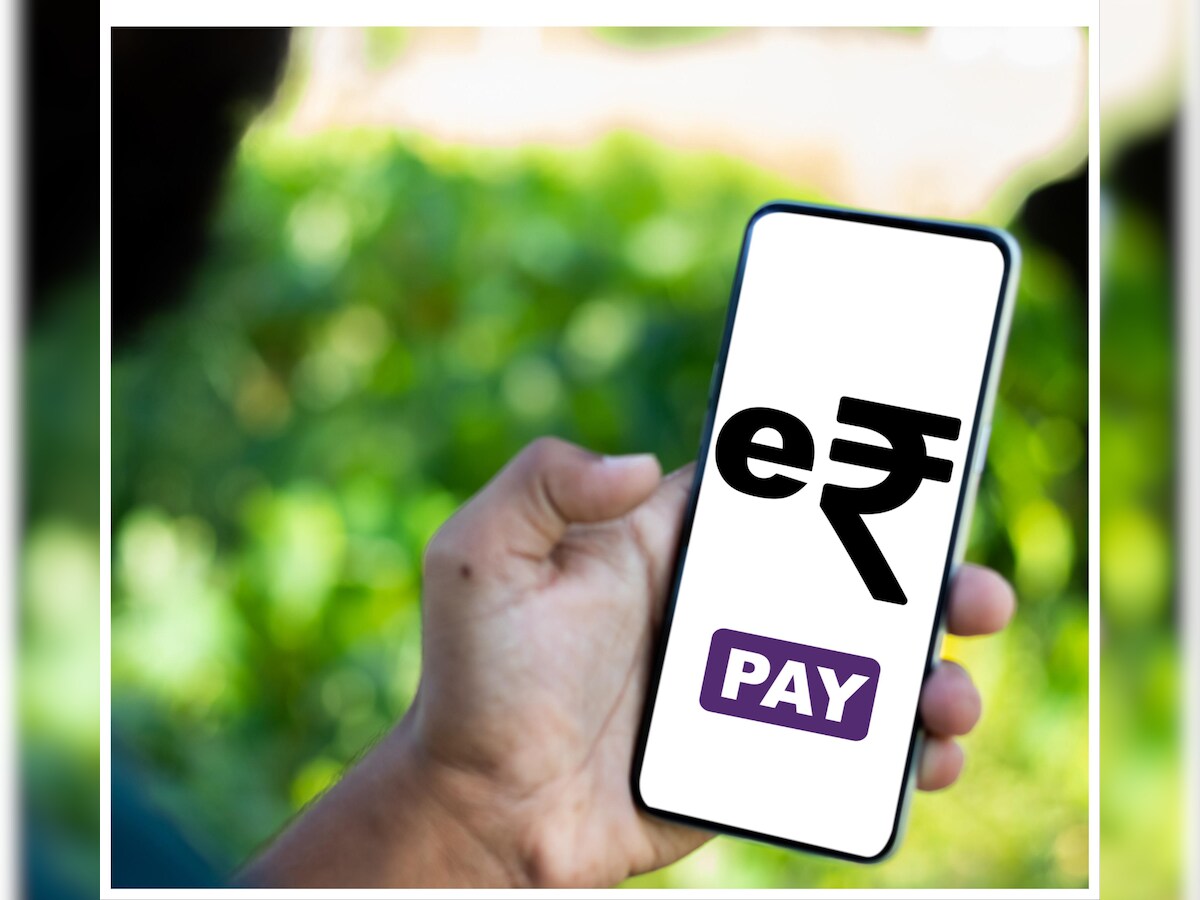
HodlX Guest Post Submit Your Post
CBDCs (Central Bank Digital Currencies) have become a hot topic among crypto enthusiasts as the main weapon of governments against privacy and freedom.
By controlling all the finances of their population, governments can use CBDCs to control and manipulate the population to an extent that was not possible until now.
Despite these issues, there may still be room for well-developed and wisely implemented CBDCs.
Let’s dive a bit deeper into this intriguing topic and discuss ongoing and future trends.
The emergence of CBDCs
CBDCs result from the advancements in blockchain technology and the financial landscape.
Central banks across the globe are exploring the idea of introducing the alternative of fiat currencies for digital transactions.
Unlike traditional forms of money, CBDCs represent the country’s official currency issued by central banks.
This evolution is propelled by the need for more efficient financial transactions, modernization and the desire to adapt to the evolving nature of currency in the digital age.
Despite these arguments from central banks worldwide, many people see CBDCs as the dystopian future as central banks and governments will have full control over individuals’ money.
CBDCs in this matter can become super dangerous weapons in the hands of autocracies around the world, hence, development is slow and governments are trying not to hurry.
Are CBDCs truly future fiat currencies, or are they really a threat to democracy and freedom?
The dilemma cannot be underestimated at first glance, CBDCs are the future for fiat currencies and the inevitable result of technological discernment.
On the other hand, they can become a real threat to freedom, as corrupt governments can use them to freeze assets for the opposition and take full control over everything.
Freezing money for the opposition will be an effective weapon to silence opposition, and this threat must not be taken lightly by the world population.
With this said, there is definitely an argument for CBDCs for truly democratic countries, and using them together with other alternatives of money could be advantageous for government spending monitoring.
Although corrupt governments can leverage CBDCs to exert control over their population, the ability of individuals to monitor government spending may be a significant factor in the global reluctance to expedite the development of CBDCs.
Understanding blockchain technology
Blockchain is a decentralized and distributed ledger system that keeps track of all transactions and information on the blockchain.
It is a network of interconnected blocks, each containing a list of transactions.
What sets it apart from other forms of financial ledgers is its decentralized nature, where multiple participants maintain and validate the network, making it transparent and secure.
Blockchain is also immutable, meaning it cannot be altered or changed in any way. Anything written on the blockchain stays there forever as long as the network exists.
Blockchain is also transparent as all participants can access the same data and various block explorers enable crypto enthusiasts to see all the transactions on public blockchains.
The security of the blockchain is maintained using cryptographic techniques, making it almost unhackable.
Now, the account information can be hacked by personal devices such as desktop and mobile, but the blockchain itself is unbreakable by hackers.
Overall, blockchain facilitates trust in digital interactions by providing a secure and transparent platform for recording and verifying financial and smart contract transactions.
Blockchain and CBDCs
CBDCs use blockchain technology to facilitate financial transactions and save data in the network. The blockchain plays a pivotal role in developing the CBDCs.
The blockchain will be the underlying technology for providing decentralized and secure transactions for recording and verifying transactions.
CBDCs will also be able to automate processes using smart contracts. Without the blockchain, there will be no CBDCs.
Challenges and considerations
As I have mentioned earlier, CBDCs come with a range of issues that need very close attention.
They can become a foundation for a truly dystopian society where corrupt governments have full financial control over their population, making it extremely difficult to transform into a truly democratic world.
Despite threats, CBDCs can be an effective way to battle money laundering and other criminal issues. However, fighting against criminals must not be achieved by ignoring freedom and democracy.
Technological challenges faced by CBDCs include scalability issues and interoperability to ensure the effective and efficient functioning of blockchain-based CBDCs.
Scalability is the number-one challenge for all blockchain-based systems because it requires time to validate transactions while maintaining proper security.
It remains the key issue for the majority of blockchains and cryptocurrencies.
This is also why it is difficult to replace Visa and MasterCard with digital currency transactions, as traditional methods can process millions of transactions daily something which is super difficult for cryptocurrencies without delays.
One obvious example is Bitcoin, as it sometimes requires several hours to process transactions, especially when there are many transactions in the queue.
Visa and MasterCard can process 24,000 and 5,000 TPS (transactions per second) while Bitcoin and Ethereum can handle only seven and 30 TPS.
This difference is so drastic that it’s impossible to use these cryptos for large numbers of transactions.
Future outlook
Even the IMF (International Monetary Fund) admits the challenges of privacy when it comes to CBDCs.
The central banks around the world will have to come up with ways to make CBDCs align with the main principles of democracy, which will pose a considerable challenge to all democracies around the world.
However, privacy and democratic principles are not the only issues facing the development of fully functioning CBDCs.
Technical challenges and scalability issues are present challenges as well.
Facing all these challenges, central banks will have to find a balance between financial stability and the privacy of their countries’ citizens before launching CBDCs.
One promising solution that the central banks that use CBDCs have come out with is limits on holdings of CBDCs.
Having the option to hold some part of your wealth in other currencies and some part in CBDCs can help citizens keep their privacy while complying with the authorities simultaneously.
CBDCs are double-edged swords, as governments will control their entire population’s finances while keeping their spending transparent and visible to anyone.
This nature may be the primary reason why governments will slow down the development of CBDCs and make less restrictive policies to ensure they can maintain a healthy balance between democracy and control over their citizens.
Conclusion
CBDCs are digital alternatives for fiat currencies issued by central banks. There are both ethical and technological challenges when considering these digital fiat alternatives.
The scalability challenge is the main technological challenge for CBDCs, as blockchain networks are usually known for their slow transaction speeds and low throughput.
Ethical challenges mainly consist of threats of CBDCs if used by corrupt governments and autocracies to control and suppress the free will of their population by controlling the entire financial sector.
In other words, autocracies might use CBDCs to freeze all the financial assets of the opposition and limit free speech.
However, the opposition and population can use CBDCs to monitor all the spending of their governments, making it difficult for corrupt governments to hide their financial activities.
This is why governments are not in a hurry and are working slowly to develop this new emerging technology.
The IMF also considers CBDCs a novel approach that needs a balance of privacy and efficiency.
Konstantin Rabin has been working in the retail FX sector since 2010 and was heading the marketing department of one of the largest European brokerages and a financial data aggregation company. He prefers to trade stocks and holds a Bachelor’s degree in International Business from the University of Groningen, the Netherlands.
Follow Us on Twitter Facebook Telegram

Disclaimer: Opinions expressed at The Daily Hodl are not investment advice. Investors should do their due diligence before making any high-risk investments in Bitcoin, cryptocurrency or digital assets. Please be advised that your transfers and trades are at your own risk, and any loses you may incur are your responsibility. The Daily Hodl does not recommend the buying or selling of any cryptocurrencies or digital assets, nor is The Daily Hodl an investment advisor. Please note that The Daily Hodl participates in affiliate marketing.
The post The Role of Blockchain in the Evolution of CBDCs (Central Bank Digital Currencies) for Trading appeared first on The Daily Hodl.





